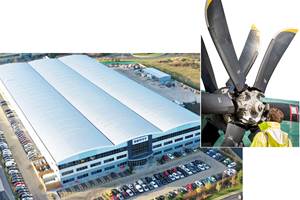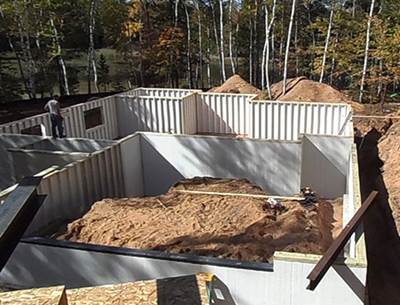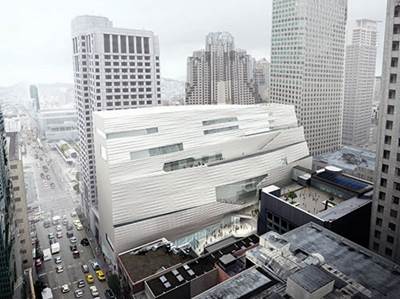AIA 2014 Convention report
The ACMA helps American Institute of Architects launch Composites Pavilion at Chicago convention.
The American Institute of Architects (AIA, Washington, D.C.) has served as the voice and leading source of continuing education for the architecture profession since 1857. The AIA’s National Convention and Design Exposition is an annual opportunity for architectural suppliers to exhibit and educate attendees about their latest offerings. In years past, the AIA had created a number of pavilions in which suppliers of common construction materials — wood, metals, concrete, stone and tile — were gathered for the convenience of convention attendees. In 2013, the fact that purveyors of composite materials had no such on-floor identity was recognized and, this year, corrected with the help of the American Composites Manufacturers Assn. (ACMA, Arlington, Va.). ACMA took full advantage of the opportunity to sponsor the AIA’s first-ever Composites Pavilion at the institute’s 2014 convention, held June 26-28, in Chicago, Ill. Situated very close to the convention hall’s main entrance, the new pavilion was a fitting showcase for 24 participating ACMA members.
The creation of the Composites Pavilion signals that composites are finally staking ground in the architecture/building materials community. “The potential for composites in building and construction is huge,” contends Bill Kreysler, president of Kreysler & Associates Inc. (American Canyon, Calif.). His firm exhibited its new Fireshield 285 fiber-reinforced polymer (FRP) cladding system, which forms the façade of the new San Francisco Museum of Modern Art expansion. (More about the project can be found in by clicking on "Architectural composites: Rising ot new challenges" and/or "Composite foundation wall system unveiled at AIA convention" under "Editor's Picks," at top right). According to Kreysler, composites currently make up only 0.5 percent of all materials used in construction, “and yet, the construction market accounts for roughly half of the composite materials volume sold in the U.S. Imagine the impact if we could increase composites’ penetration to 1 percent.”
Kreysler & Associates also has funded research into the use of composites to integrate structural load-bearing capability, insulation and other functions into the building envelope (e.g., cladding/barrier wall products), saving time and money. Research results presented in an exhibit by California Polytechnic State University – San Luis Obispo (Cal Poly SLO) included the following projects:
• SINErgy fiber-reinforced polycarbonate as a primary material
in a barrier wall system.
• Emerging Web composite panel system embedded with
windows (via integrated mullions) and insulation, which
connect seamlessly to create a play between solid and void.
• Relaxed, a barrier wall system of large-scale, complex curved
FRP panels that supports standardized glazing modules and
creates new opportunities in usable niche spaces and lighting
within the facade itself.
Ashland, LLC (Columbus, Ohio) touted CompositeBuild.com, its Web-based and unbranded — that is, not associated with Ashland or its specific products — education resource aimed at connecting the building industry to composite materials. A variety of new materials and fabricated products also were on display within the pavilion, including Composite Panel Systems’ (CPS, Eagle River, Wis.) revolutionary EPITOME composite foundation walls (see photos at left and/or click on “Composites attract (more) attention as construction material,” under "Editor's Picks").
Kalwall (Manchester, N.H.) displayed its highly insulated, translucent wall and SKYROOF systems, fabricated flat or in curved configuration from structural sandwich panels made from glass fiber-reinforced faceskins, with fiberglass batts or aerogel for insulation. Kalwall products are used in the Carbon-Neutral Energy Solutions (C-NES) Laboratory at the Georgia Institute of Technology (Atlanta, Ga.) to reduce energy consumption. The lab’s north-facing wall, for example, features a 30-ft/9m high translucent façade of Kalwall and glass, which eliminates the need for artificial light during daylight hours.
GlasCurtain (Calgary, Alberta, Canada) exhibited what it called “the first new material in 50 years for curtain-wall framing systems.” By replacing aluminum framing with fiberglass composite framing, GlasCurtain products reportedly accrue more LEED v4 points than any other curtain-wall system. (LEED, short for Leadership in Energy and Environmental Design, is the Washington, D.C.-based U.S. Green Building Council’s program through which building projects can earn points toward “green” certification.) The GlasCurtain system reportedly is cost-competitive with other framing materials, reduces building energy loss and long-term operating costs, and improves durability.
Visitors to the pavilion’s Best Bath Systems (Caldwell, Idaho) booth heard about its ONE Bath System, which features a durable composite surface and modular wall combination that provides a quick, cost-effective but elegant design solution for upgrading bathrooms, for example, in mid-century institutional facilities, where other options are not feasible due to asbestos removal issues.
3A Composites (Sins, Switzerland, and Colfax, N.C.) unveiled its new BALECO balsa plywood products, for use as lightweight cores, while Technical Fibre Products Inc. (Schenectady, N.Y.) introduced its Tecnofire materials, designed to achieve highly effective passive fire protection with numerous cosmetic options as a replacement for unsightly sprayed intumescent systems. Applications include exposed steel structures.
Related Content
Natural fiber composites: Growing to fit sustainability needs
Led by global and industry-wide sustainability goals, commercial interest in flax and hemp fiber-reinforced composites grows into higher-performance, higher-volume applications.
Read MorePlant tour: Dowty Propellers, Gloucester, U.K.
Transforming decades of design and RTM production reliability into more sustainable, next-generation composite propellers.
Read MoreCarbon fiber in pressure vessels for hydrogen
The emerging H2 economy drives tank development for aircraft, ships and gas transport.
Read MoreBio-based acrylonitrile for carbon fiber manufacture
The quest for a sustainable source of acrylonitrile for carbon fiber manufacture has made the leap from the lab to the market.
Read MoreRead Next
Composites attract (more) attention as construction material
The American Institute of Architects (AIA) is hosting its annual show this week in Chicago, and composites are getting unprecedented attention there.
Read MoreArchitectural composites: Rising to new challenges
In North America, Europe, the Middle East and Down Under, architects and engineers are finding composites are a good fit in groundbreaking applications.
Read MoreComposites attract (more) attention as construction material
The American Institute of Architects (AIA) is hosting its annual show this week in Chicago, and composites are getting unprecedented attention there.
Read More

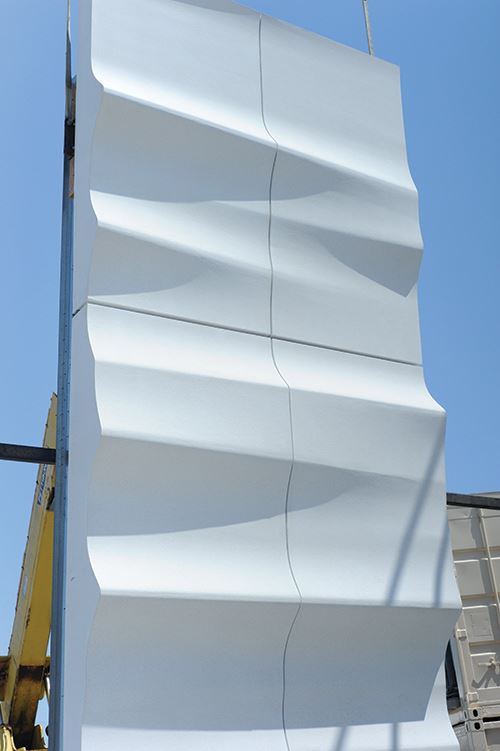
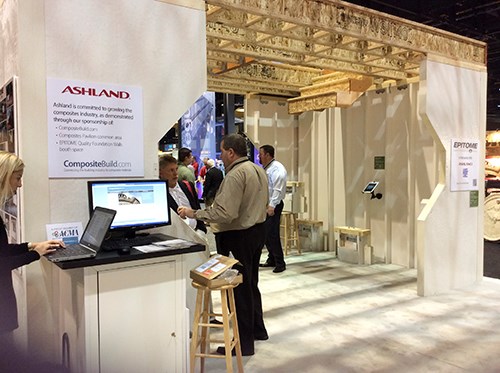
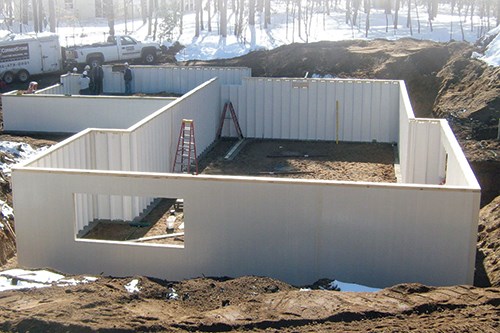
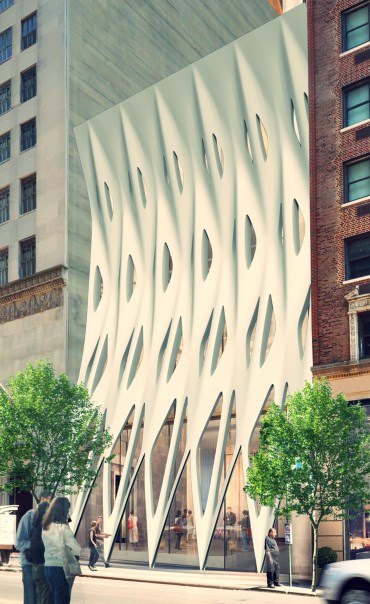
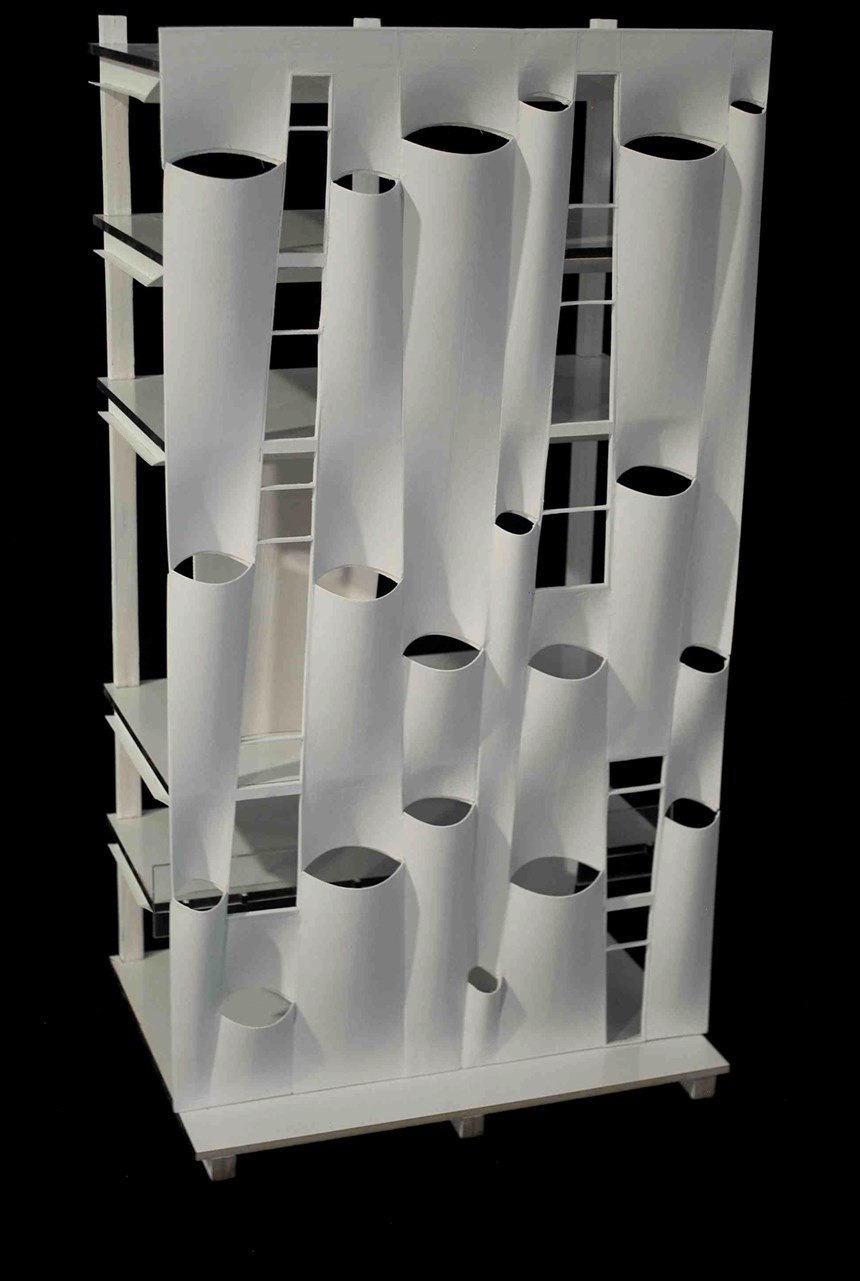
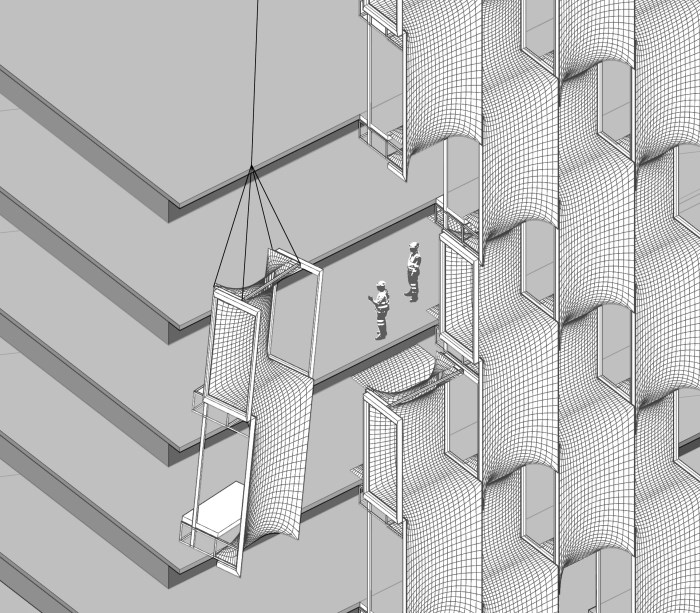






.jpg;maxWidth=300;quality=90)












